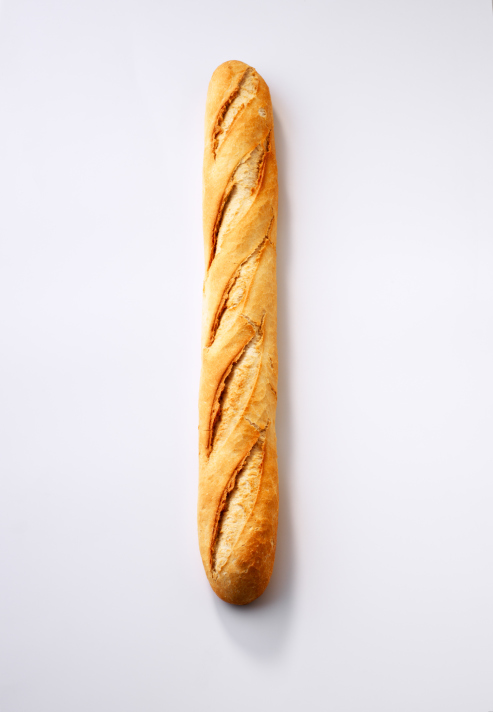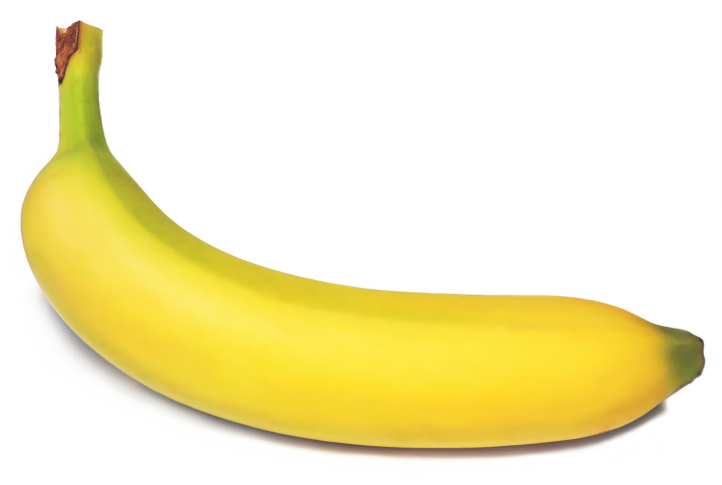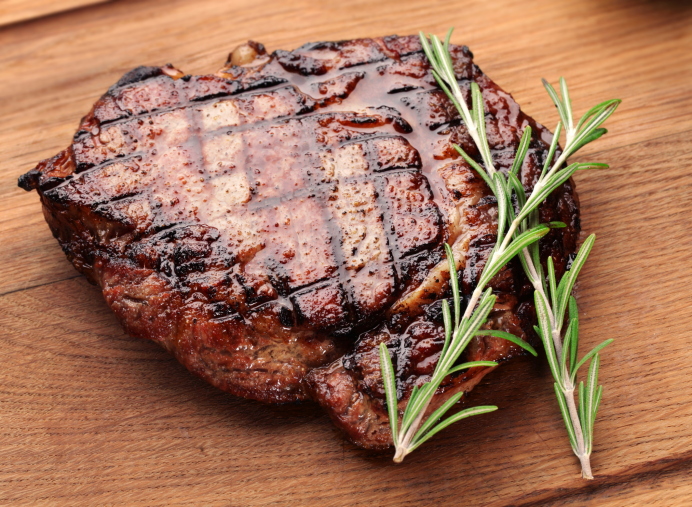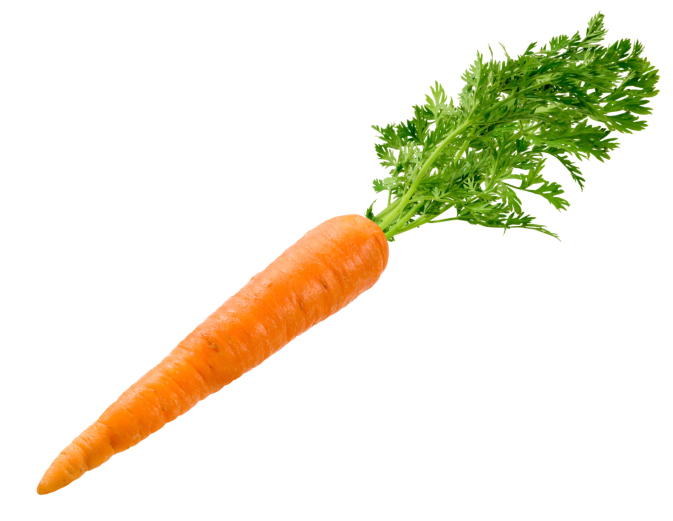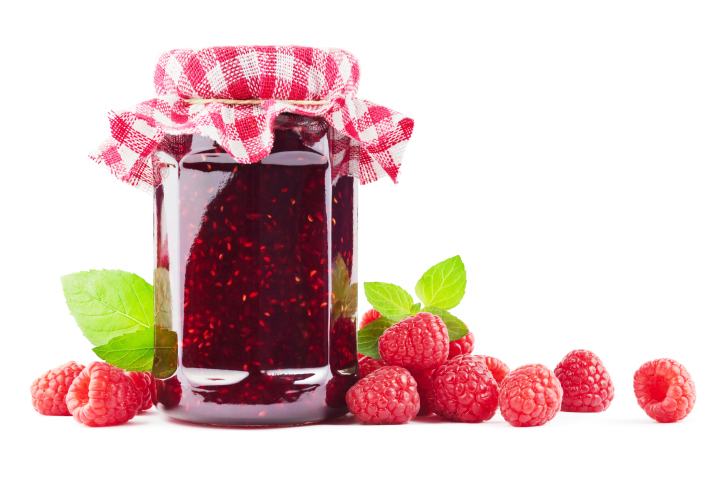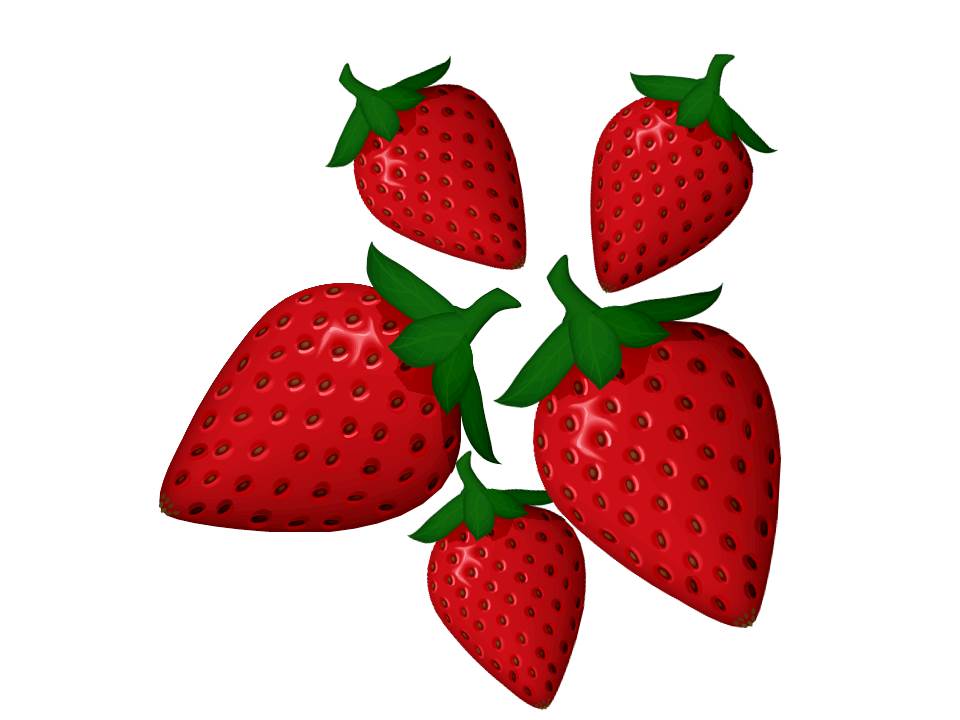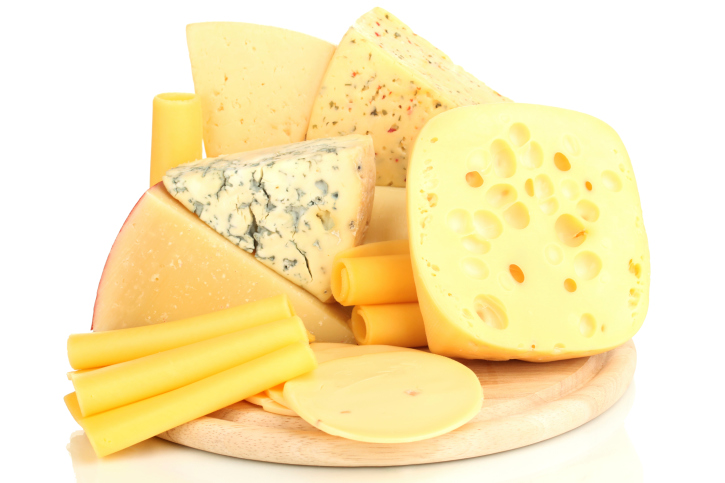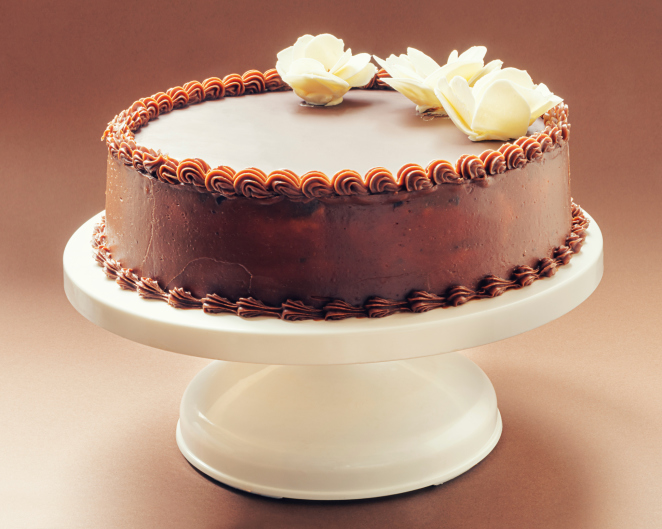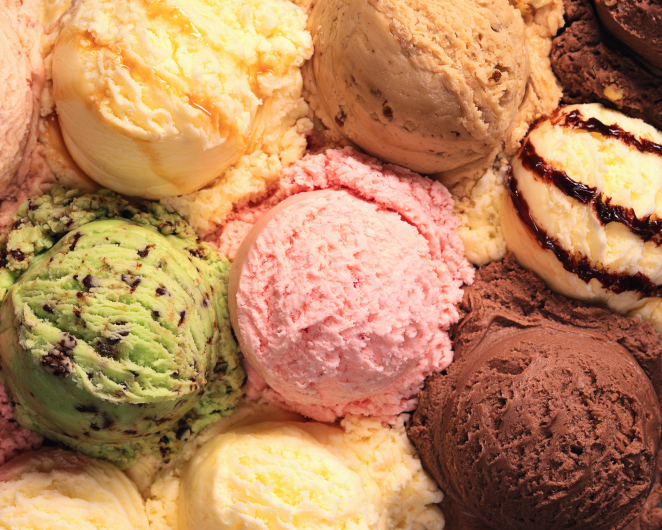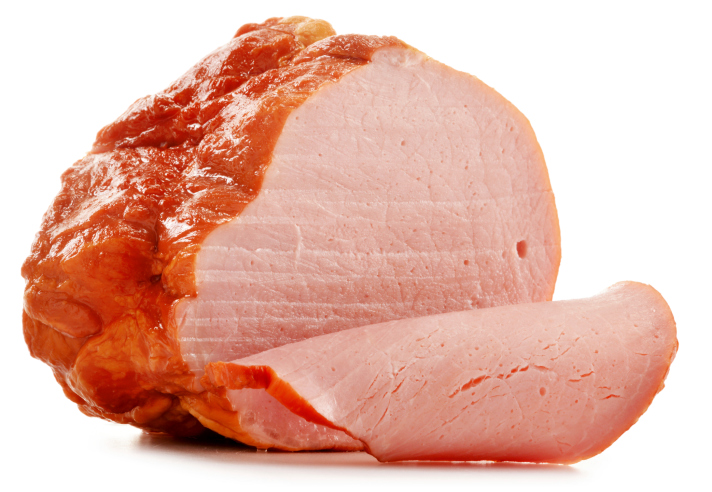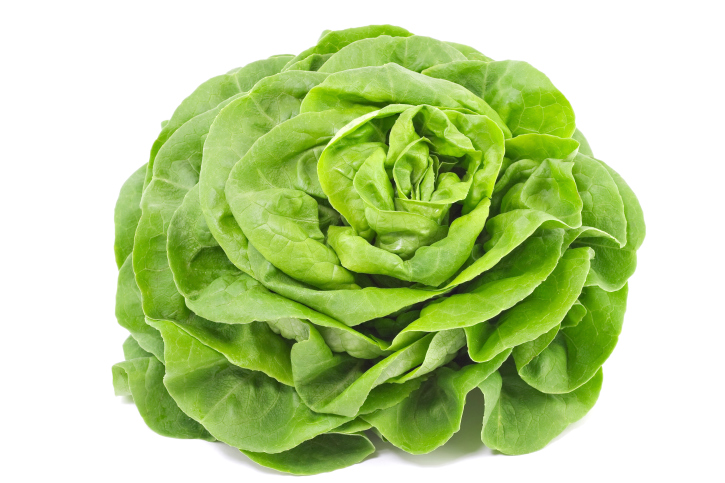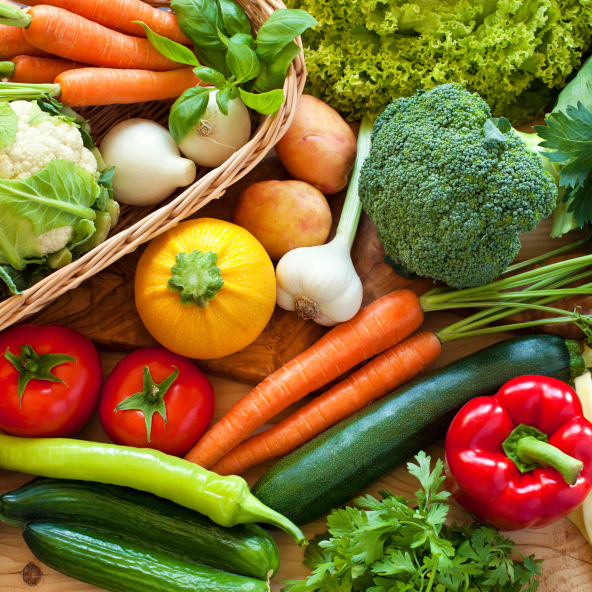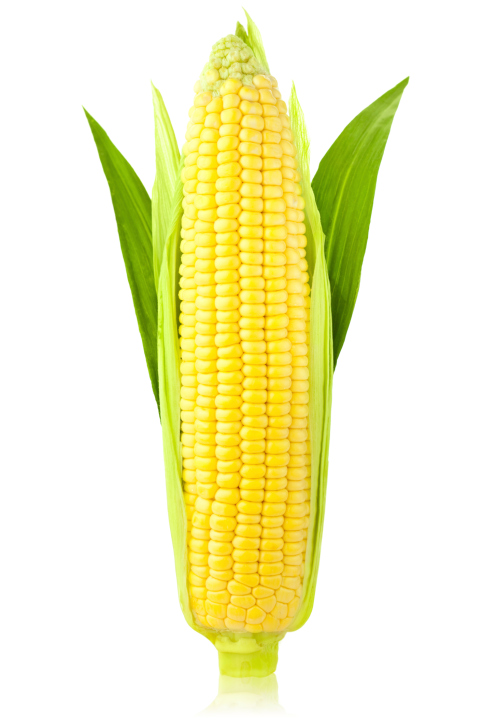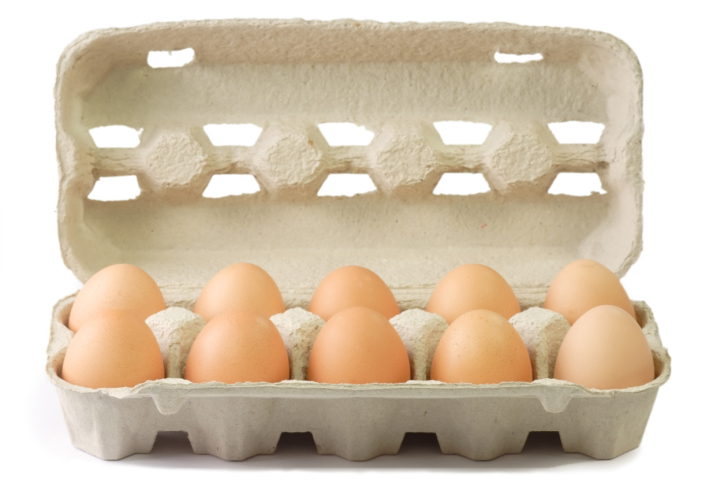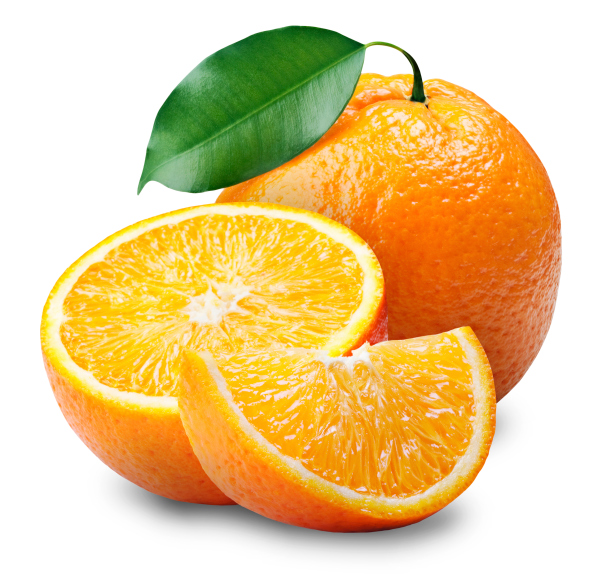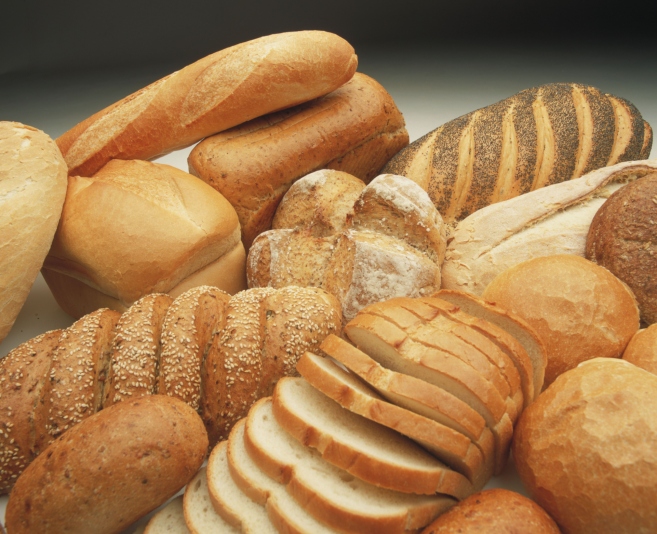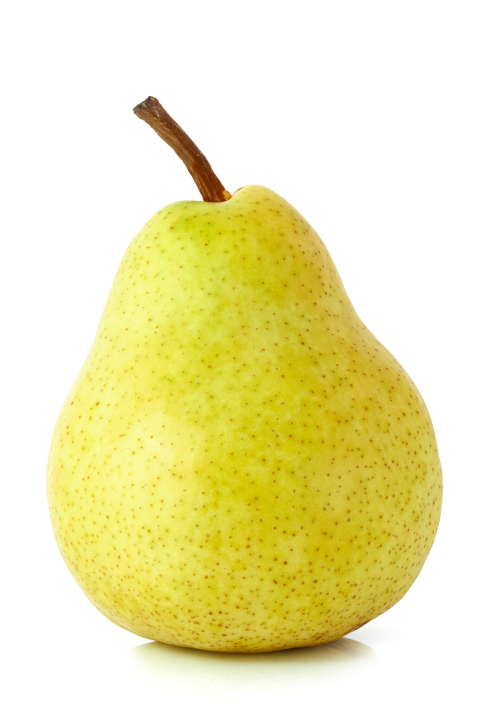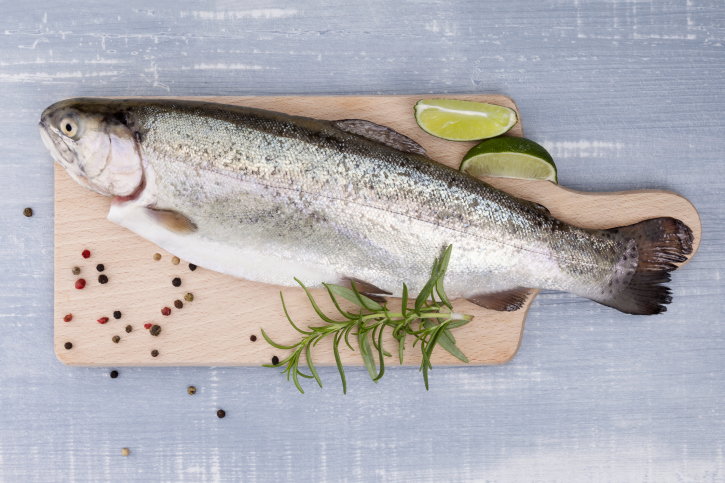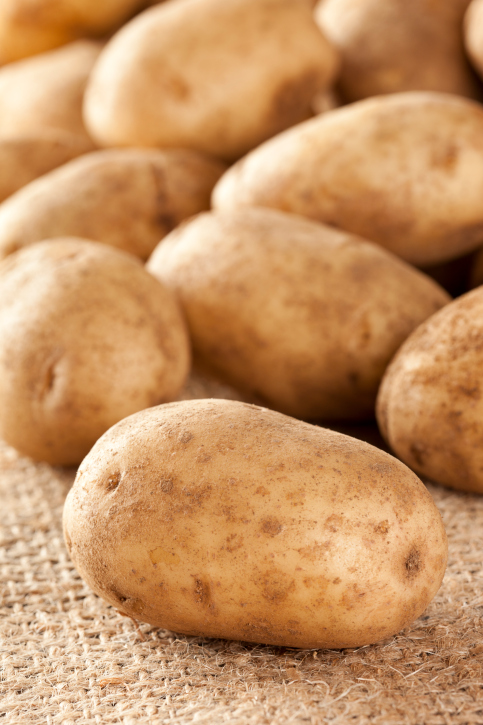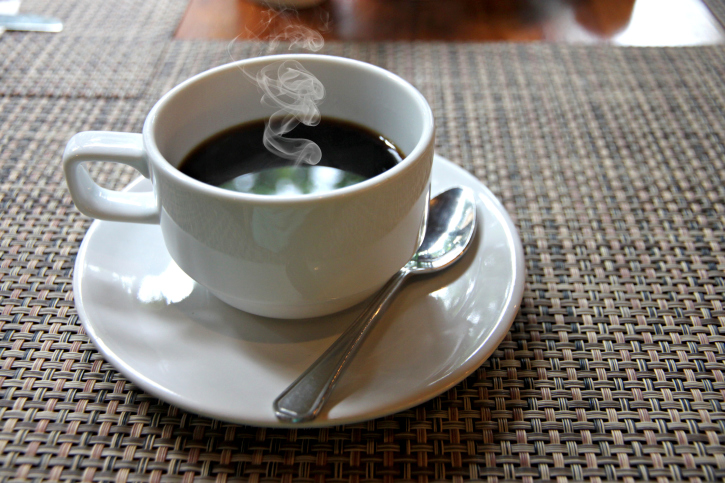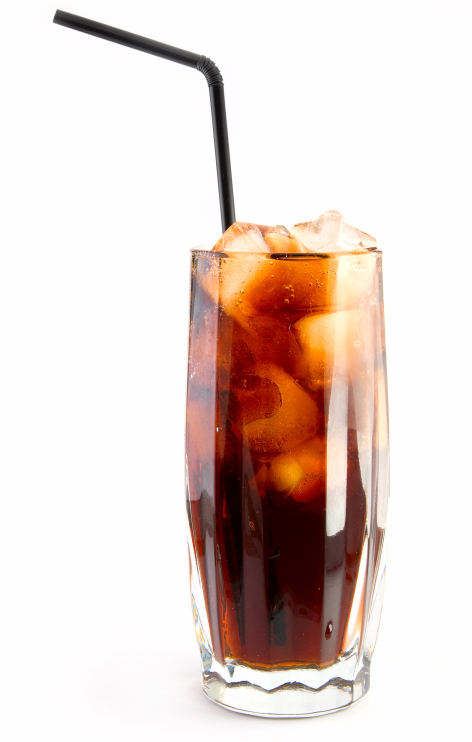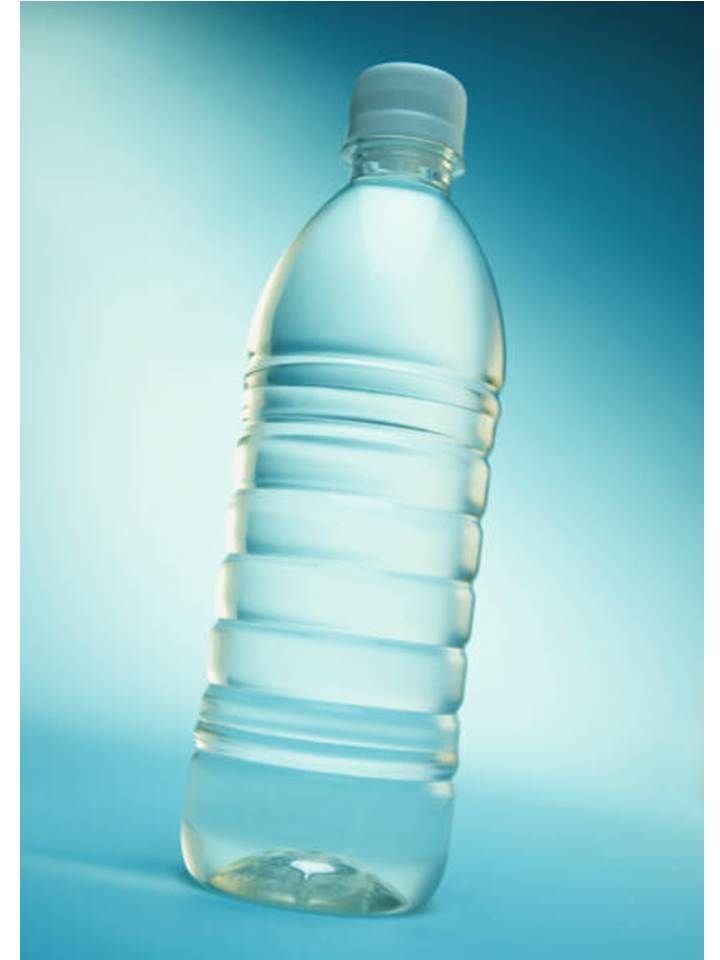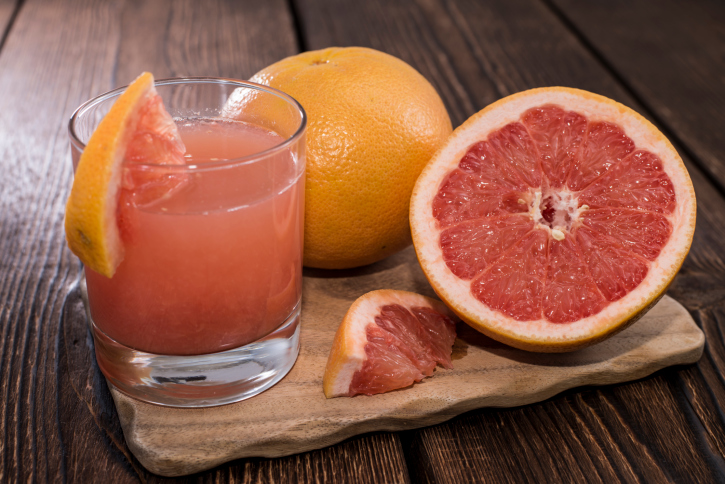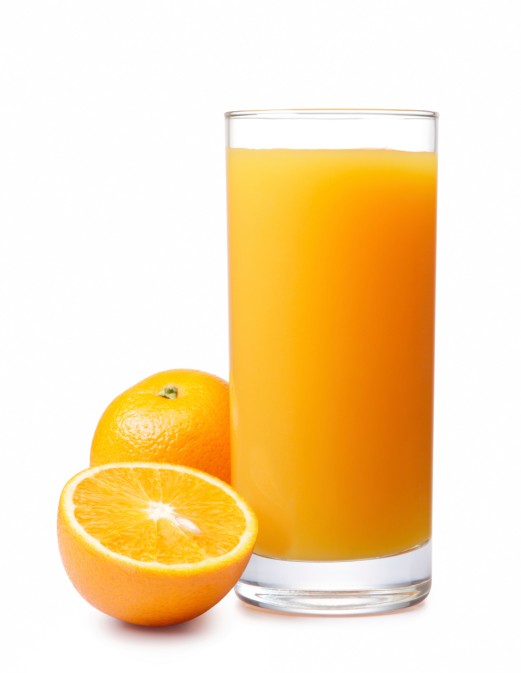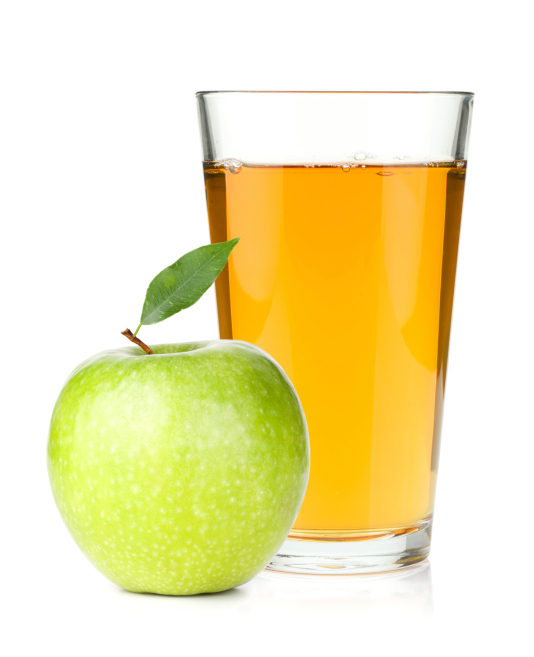Learn
|
Read and study the following vocabulary words. Click on each link to hear the pronunciation and try saying the words aloud. If you find it difficult to pronounce a certain word, be sure to write down a pronunciation note. Example: la baguette (bahg-get).
Read and study the following vocabulary words. Click on each link to hear the pronunciation and try saying the words aloud. If you find it difficult to pronounce a certain word, be sure to write down a pronunciation note. Example: la baguette (bahg-get).
Read and study the following vocabulary words. Click on each link to hear the pronunciation and try saying the words aloud. If you find it difficult to pronounce a certain word, be sure to write down a pronunciation note. Example: le café (kah-fay).
Do you remember the expressions listed below? They can also be used with food and beverages.
Here are some examples: Example A Est-ce que tu aimes le jus d'orange? = Do you like orange juice? Example B Qu'est-ce que tu voudrais pour le petit déjeuner? = What would you like for breakfast? Example C Est-ce que tu as faim? = Are you hungry? The Loire Valley - The Garden of France The Loire River Valley, which is commonly referred to as The Garden of France, is a fertile valley rich in lush greenery, wild game, and thick forests. Realizing the importance of this region for its bountiful natural resources, Julius Caesar conquered the area in 52 BC. The Romans were the first to introduce grape vines to the region, and many people believe this is their greatest contribution to the Loire Valley. Over the centuries, French kings preferred the Loire Valley as their "home away from home." It was there that they found excellent hunting and other leisure activities that made for a carefree lifestyle with an abundance of pleasures. The Loire Valley was most popular during the French Renaissance. It was during this period that kings, queens, nobility, and ministers of the monarch built lavish châteaux (castles) in which to live and play as often as possible. Over 300 châteaux can be found throughout the Loire Valley. The châteaux are all of different shapes and sizes and many have elaborate, formal gardens. Each château has its own colorful story. The master architects often built these châteaux on the foundations of old medieval fortresses that had been necessary throughout the Middle Ages and especially during the Hundred Years War between England and France. In this unit you will get a glimpse of what life was like in the Loire Valley during the 15th and 16th centuries as you learn about four of the most famous and well-known châteaux. In 2000, UNESCO added the Loire Valley to its list of World Heritage Sites.
References "Château De Chambord: A Mighty Castle In the Loire Valley of France." HubPages. HubPages, n.d. Web. 06 Sept. 2014. "History of the Loire Valley." History of the Loire Valley. N.p., n.d. Web. 07 Sept. 2014. "The Loire Valley between Sully-sur-Loire and Chalonnes." - UNESCO World Heritage Centre. N.p., n.d. Web. 06 Sept. 2014. |
||||||||||||||||||||||||||||||||||||||||||||||||||||||||||||||||||||||||

